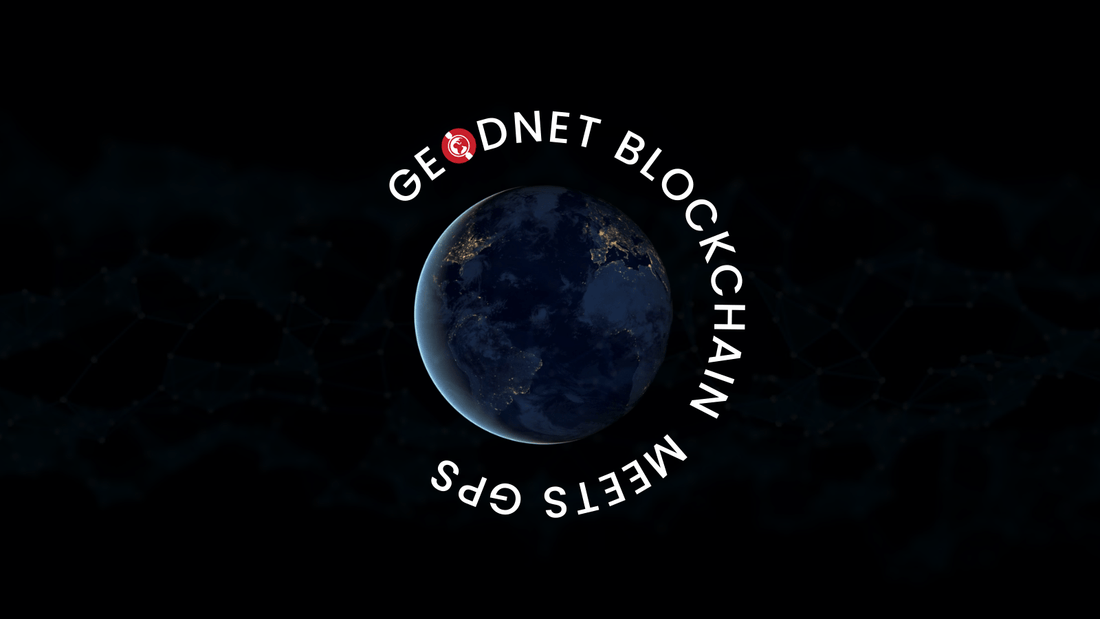At the heart of GEODNET is the establishment of a decentralized network, built by experts with significant experience in the GPS industry. The organization leverages token incentives to foster the growth of a Global Navigation Satellite System (GNSS) reference station network—an endeavor that promises to be unprecedented in scale and reach.
The role of the GEODNET Foundation cannot be overstated in this ambitious project. Operating as a non-profit entity in Singapore, the Foundation serves as the catalyst, providing strategic guidance on Tokenomics, mining, software/hardware stack, and assembling execution teams. By fostering collaboration among miners, end-users, and developers, the Foundation fuels the momentum required to propel the project forward.
Base station miners are integral to the network's expansion and efficacy. These individuals or entities are tasked with acquiring and installing station hardware in strategic locations worldwide and streaming real-time data to the network. In recognition of their contribution of high-quality, honest data, the miners are rewarded with tokens, thereby incentivizing further participation and enhancing network robustness.
GEODNET’s technology operates by correcting the usual inaccuracies found in traditional GPS systems. Normally, a user’s position on Earth is determined by signals from satellites located over 10,000 miles away. Although this method is surprisingly effective given the distances involved, the estimated location can still be several meters off. GEODNET’s network of reference stations issues a “correction stream,” allowing devices within about 20 km of a reference station to achieve instant centimeter accuracy.
This innovation has profound implications across a multitude of industries, such as Agriculture, Construction, and Transportation, where high-precision location is crucial. It facilitates increased automation and efficiency, making operations more streamlined and cost-effective. For instance, autonomous vehicles, including drones and self-driving automobiles, depend on high-integrity centimeter accuracy localization to operate safely and efficiently.
Consumer-facing applications, especially mobile apps requiring location services, stand to gain significantly. Enhanced reliability and convenience in maps and navigation services translate to better user experiences, fostering consumer trust and satisfaction. Additionally, the scientific community benefits from the technology, using GEODNET stations to study Earth, enhancing our understanding of natural phenomena like tsunamis, tectonic plate movements, and atmospheric changes through precise measurements provided by a dense network of GNSS receivers.
As GEODNET looks towards the future, the introduction of service providers is on the horizon. These providers will play a crucial role in validating data from miners, calculating rewards, creating location accuracy maps, and ensuring quality of service to end-users. Equipped with high-performance servers, they will be capable of managing high volumes of service requests, making the network more accessible and responsive.
The Open Service Model envisioned by GEODNET exemplifies the organization's commitment to quality and accessibility. This model enables the provision of accurate location services in specific areas by multiple base stations, with Rover users able to access these services seamlessly. The quality of service scales according to user numbers, ensuring satisfaction and willingness to pay, while base station miners are duly rewarded.
In conclusion, GEODNET is redefining the standards of the global positioning industry by intertwining innovative blockchain technology with real-world applications. The synergistic efforts of the GEODNET Foundation, base station miners, and future service providers are paving the way for a decentralized, superior RTK network that promises to transform industries and enhance our understanding of the Earth.
FAQ
1. How does GEODNET achieve centimeter-level accuracy in global positioning?GEODNET achieves this remarkable precision through a network of GNSS reference stations that issue a correction stream. This enables devices within about 20 km of a reference station to correct the inaccuracies typical in traditional GPS systems, achieving instant centimeter-level accuracy.
2. How does the participation of base station miners contribute to the GEODNET network?
Base station miners are essential for expanding the GEODNET network. They acquire and set up station hardware in various locations and stream real-time data to the network. For their contribution of high-quality data, miners are rewarded with tokens, incentivizing further participation and strengthening the network.
3. In which industries can this technology be most beneficial?
GEODNET’s high-precision location technology has wide-ranging applications across numerous industries, including Agriculture, Construction, and Transportation. It is especially valuable for any operation requiring high precision, such as autonomous vehicles and scientific research studying Earth’s natural phenomena.
Sources
